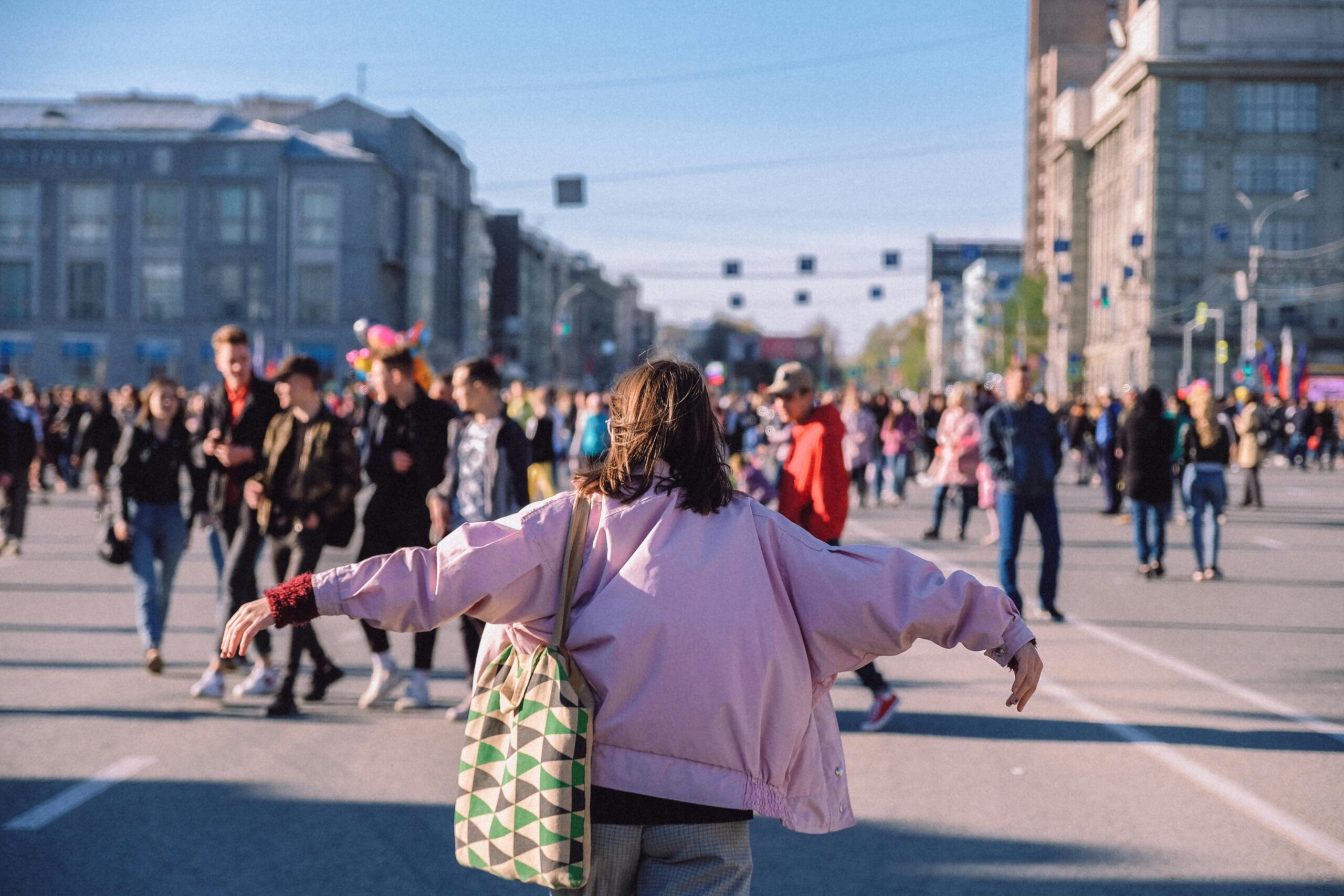As urban areas continue to grow, they face critical challenges related to social isolation and emotional health. Loneliness, though often associated with rural living, is a significant issue in crowded urban environments, exacerbating mental health challenges. This article explores how innovative urban design can serve as a remedy, creating spaces that foster social connections and enhance well-being. Urban areas are reimagining public spaces to enhance accessibility and usability for everyone. Implementing more accessible meeting places such as parks, plazas, and community centers encourages social interaction and reduces loneliness. These spaces serve as vital urban hubs for connecting people [Corcoran & Marshall, 2017; Moore et al., 2023]. Public spaces that incorporate communal seating, interactive installations, and open areas for community events invite more social interactions [Roe & McCay, 2021]. Design elements that encourage interaction, like communal tables and playgrounds, create opportunities for people to engage with each other, breaking down social barriers.
Access to green spaces, such as parks and gardens, provides significant mental health benefits. These include lower stress levels and improved mood, which contribute to reducing loneliness. Blue spaces, like waterways and fountains, also promote tranquility and well-being [Hsueh et al., 2022]. By combining residential, commercial, and recreational areas within close proximity, mixed-use developments minimize the isolation often felt in purely residential zones. These areas encourage a more vibrant community life, where residents can meet, shop, and socialize without extensive travel [Xie et al., 2025]. Spaces dedicated to community gardening or urban agriculture foster community spirit and cooperation. These activities provide a shared purpose, reducing isolation while encouraging sustainable practices [Ruuska, 2023].
Urban design that fosters interaction can significantly mitigate feelings of loneliness. By providing welcoming, inclusive spaces, cities can improve residents’ mental health and foster community bonds [Jackson, 2003]. Physical health improvements from increased access to green spaces are well-documented, but the emotional benefits are equally important. Regular interaction with nature and community spaces can lower anxiety levels and boost overall mood [Bower et al., 2023]. Well-designed urban environments can create a more profound sense of belonging and connectivity to the community. Engaging public spaces help people feel part of a larger whole, diminishing feelings of isolation [Baas, 2021].
References
- Corcoran, R., & Marshall, G. (2017). From Lonely Cities to Prosocial Places: How Evidence-Informed Urban Design Can Reduce the Experience of Loneliness. Retrieved from Taylor & Francis1.
- Moore, G., Fardghassemi, S., & Joffe, H. (2023). Wellbeing in the City: Young Adults’ Sense of Loneliness and Social Connection in Deprived Urban Neighbourhoods. Retrieved from ScienceDirect2.
- Roe, J., & McCay, L. (2021). Restorative Cities: Urban Design for Mental Health and Wellbeing. Purcor place.
- Hsueh, Y.C., Batchelor, R., & Liebmann, M. (2022). A Systematic Review of Studies Describing the Effectiveness, Acceptability, and Potential Harms of Place-Based Interventions to Address Loneliness and Mental Health. Retrieved from MDPI3.
- Xie, J., McLaughlan, R., & Woodcock, I. (2025). Loneliness–What’s Urban Design Got to Do With It? Older People in Transit-Oriented Suburban Public Spaces in Sydney, Australia. Retrieved from Taylor & Francis4.
- Ruuska, E. (2023). Architecture Against Loneliness: The Importance of Living Spaces and How They Can Better the Mental Health and Loneliness of Young Adults. Retrieved from Trepo5.
- Bower, M., Kent, J., Patulny, R., Green, O., & McGrath, L. (2023). The Impact of the Built Environment on Loneliness: A Systematic Review and Narrative Synthesis. Retrieved from ScienceDirect6.
- Jackson, L.E. (2003). The Relationship of Urban Design to Human Health and Condition. Retrieved from PDF7.
- Baas, A. (2021). Loneliness Preventive Design: A Design Guidebook to Prevent Loneliness with Community Living. Retrieved from ODR Chalmers8.
